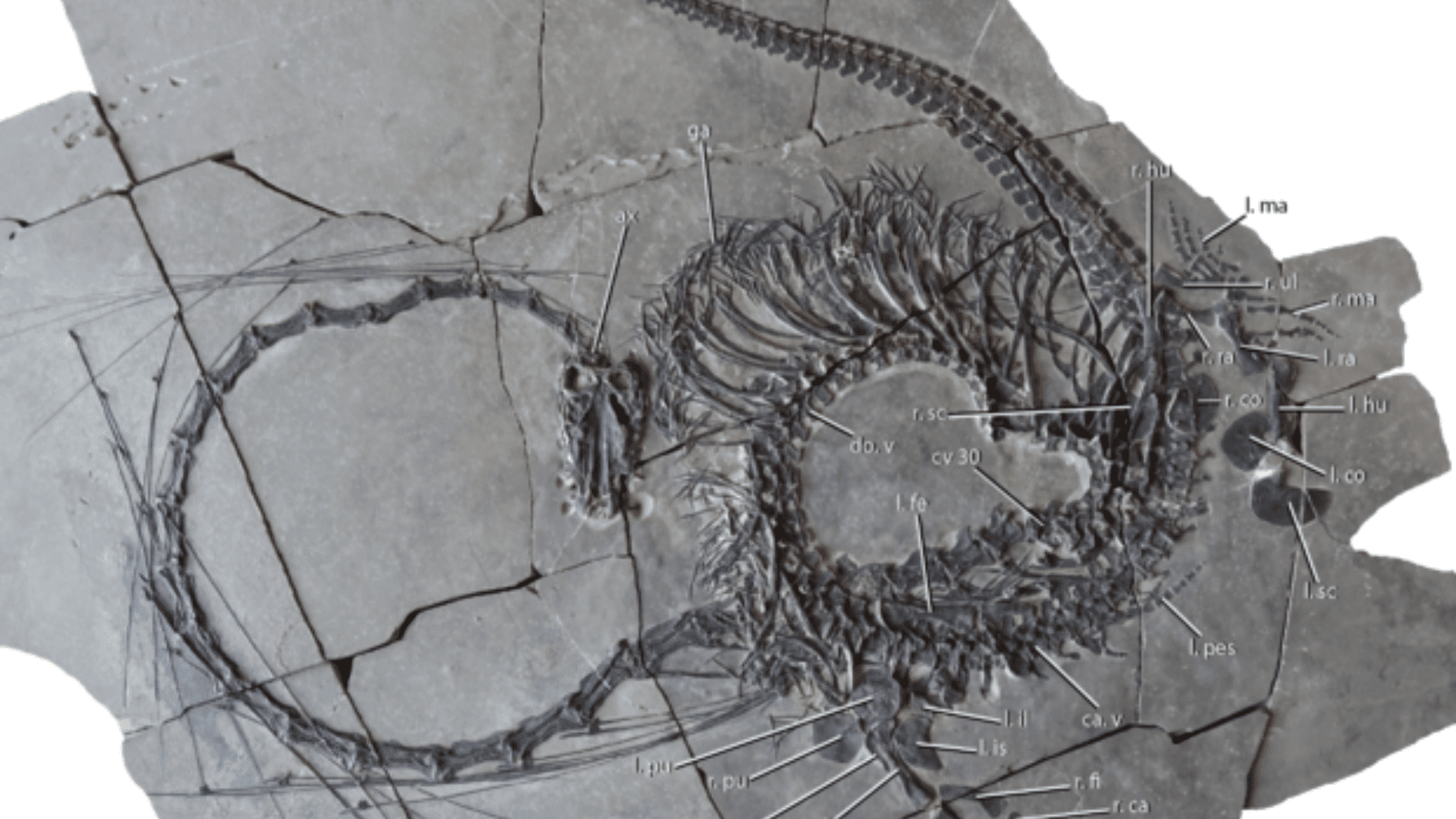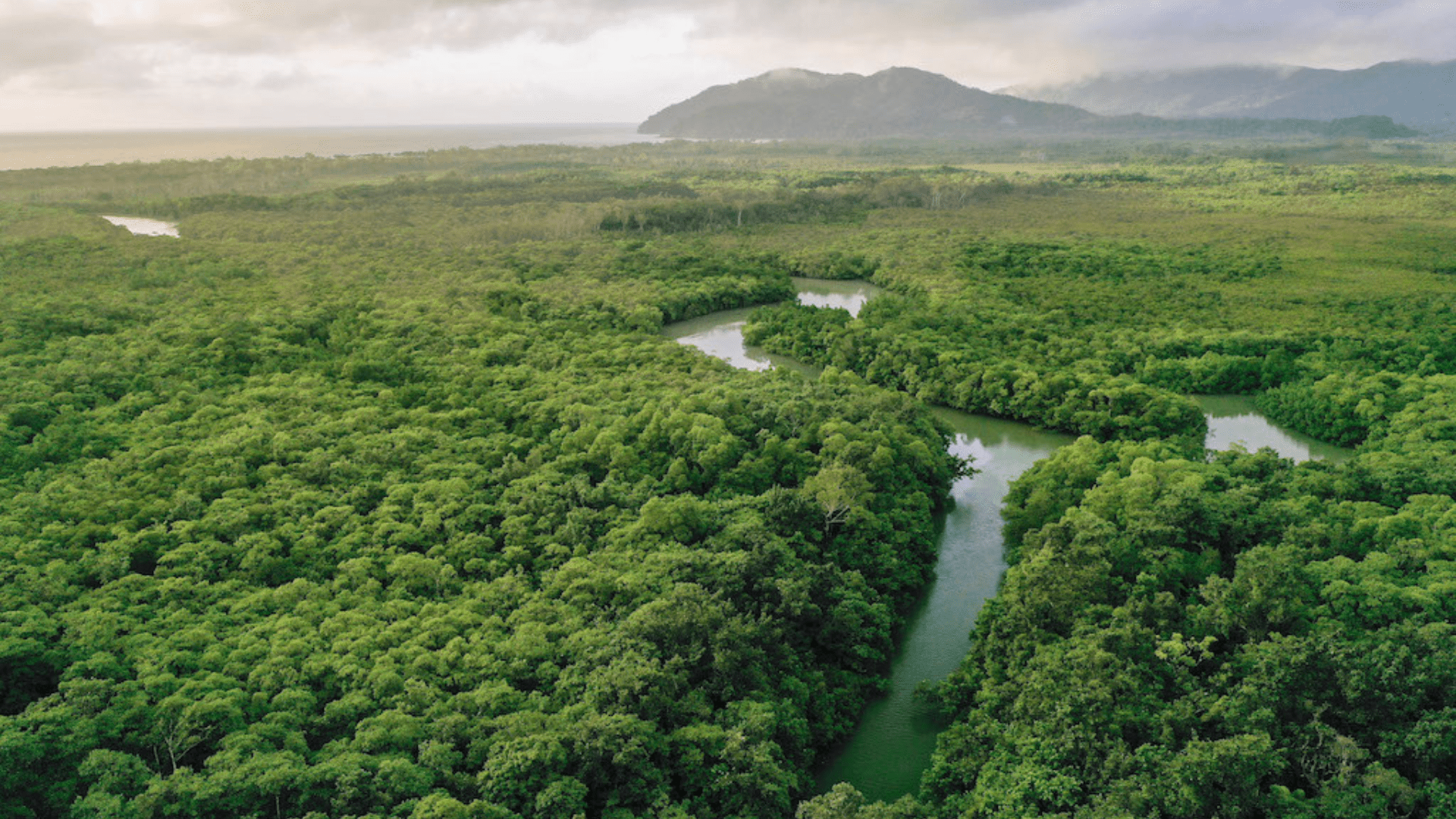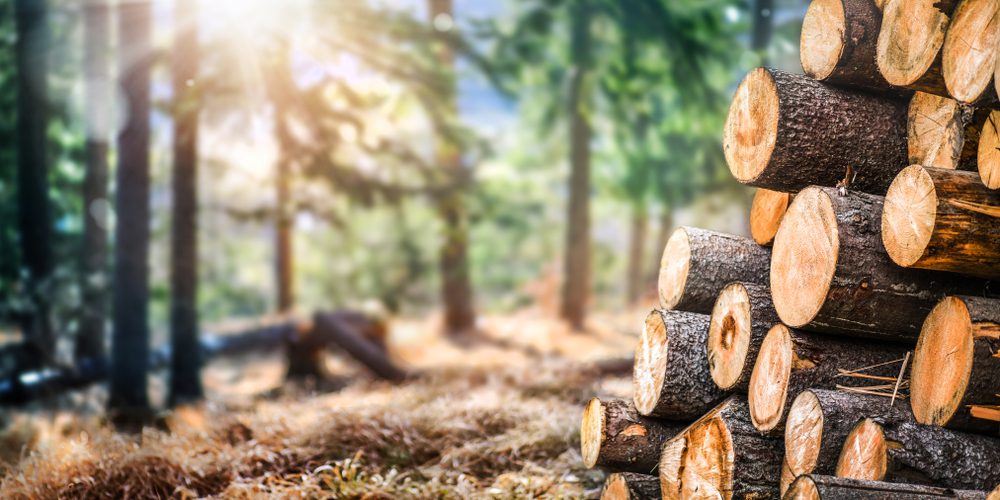Researchers accidentally stumbled on evidence of the oldest forest ever found. They came across fossilized trees that are 390 million years old. These fossils now become the oldest known forest, beating out the 386 million-year-old Gilboa fossil forest in New York state.
Oldest Fossil Forest
Sitting in southeast England is the oldest known fossil forest. Researchers say it highlights differences between the two ecosystems. It suggests the forest went from relatively primitive to well-established in just a few million years. Most importantly, it checks a box researchers didn’t plan to check. Lead author of the study, Neil Davies said, “Why it’s important — broadly — is it ticks the boxes of being the oldest fossil forest.”
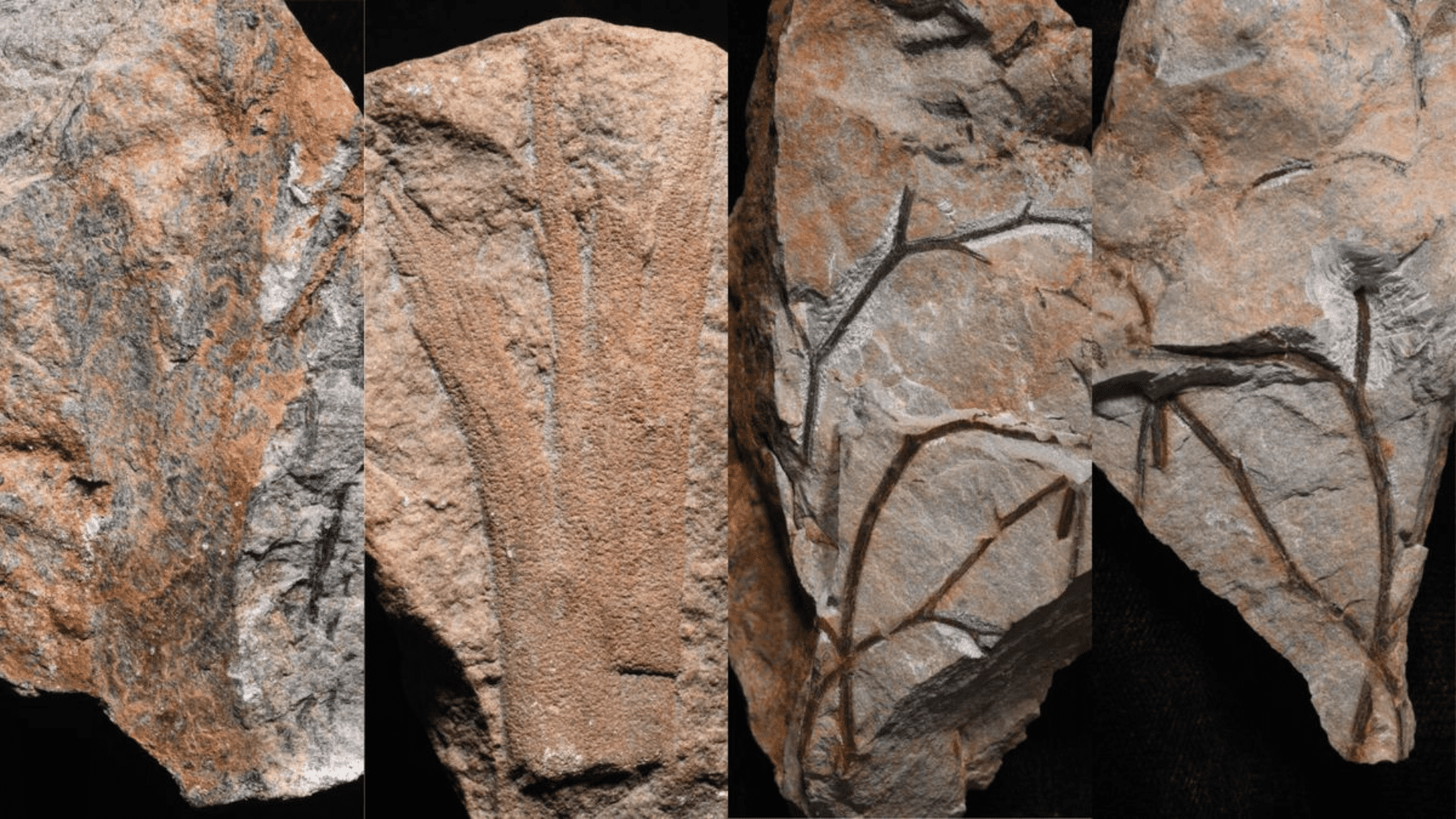
He says the discovery reveals differences between Gilboa, formerly the oldest known forest, and the newly discovered forest. For example, Gilboa hosted a wide array of ancient plants but the newly discovered forest only hosted one type of plant. Researchers believe the now-extinct plant, known as cladoxylopsids, is closely related to horsetails. Davies said, “They look like palm trees, but they’re in no way related to palm trees.” He said what looks like palm fronds are actually something else. “They’ve got a long central stem and what look like palm fronds coming off, but those palm fronds aren’t really leaves — they’re actually just lots of twiglets.”
Based on the fossils they found, Davies doesn’t believe the forest was very tall. They think the trees stood between 6.5 and 13 feet high.
Explore Tomorrow's World from your inbox
Get the latest science, technology, and sustainability content delivered to your inbox.
I understand that by providing my email address, I agree to receive emails from Tomorrow's World Today. I understand that I may opt out of receiving such communications at any time.
The Discovery
Discovering the fossils was not intentional but Davies and his team stumbled upon the forest remnants while doing fieldwork in the Hangman Sandstone Formation. This dates back to the Middle Devonian period around 383-393 million years ago. During this time, what is now the U.K. formed part of a continent called Laurentia. This sat right below the equator, which means the climate was warm and dry, according to Davies.
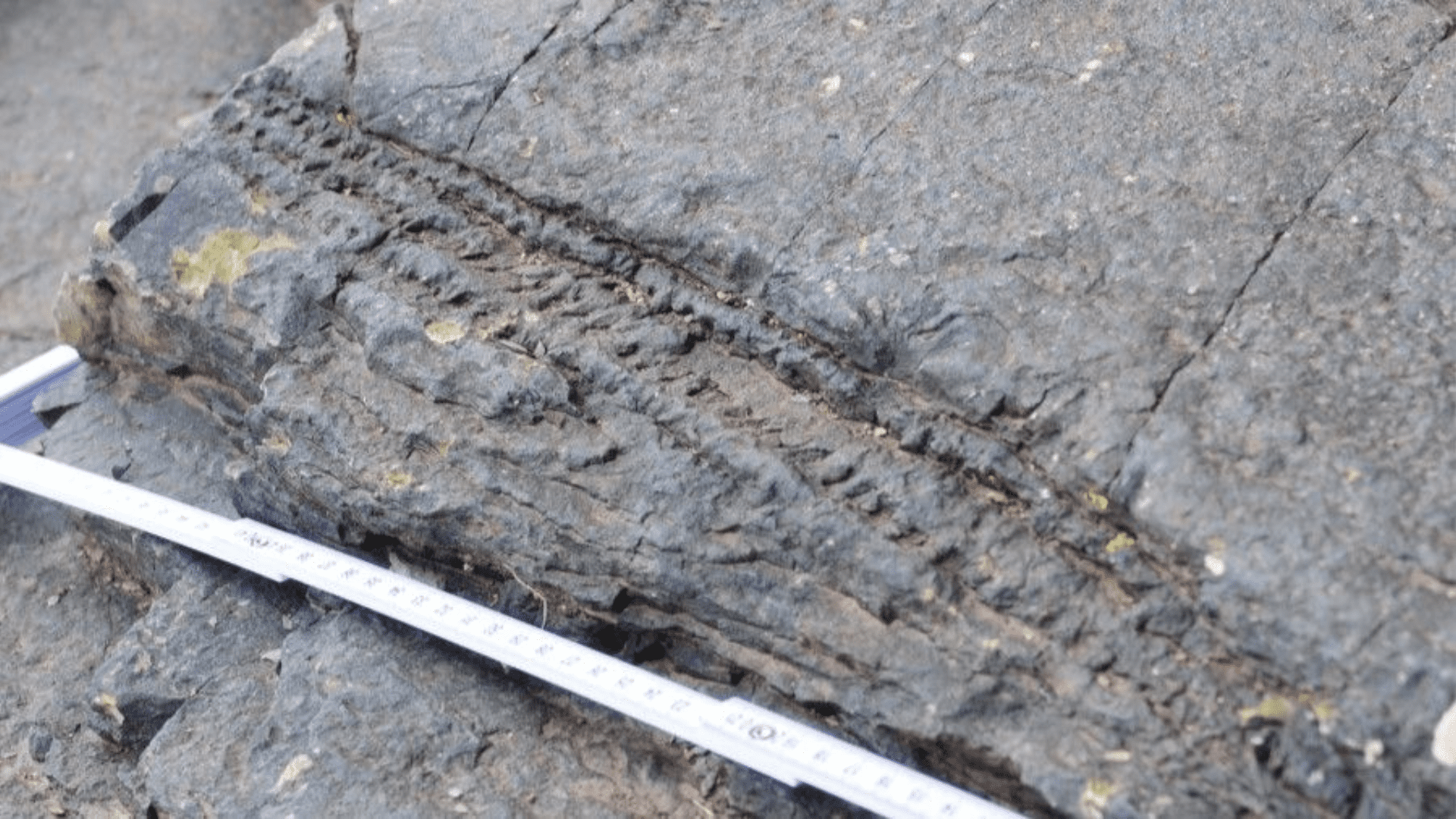
Christopher Berry is a paleobotanist who studies this specific type of tree all across the globe and has done so for the last 30 years. He said when he first saw pictures of the tree, he knew exactly what kind it was. Berry said, “It was amazing to see them so near to home. But the most revealing insight comes from seeing, for the first time, these trees in the positions where they grew.”
While there are older trees in the world that exist, this is the earliest example of trees growing close together and in mass.
Researchers initially set out to study sediments but discovering fossil trees possibly reveals a turning point in plant ecology during the Devonian period. Davies said, “It kind of suggests that around 390 million years ago, there is this sudden takeoff in forest-type environments.”



